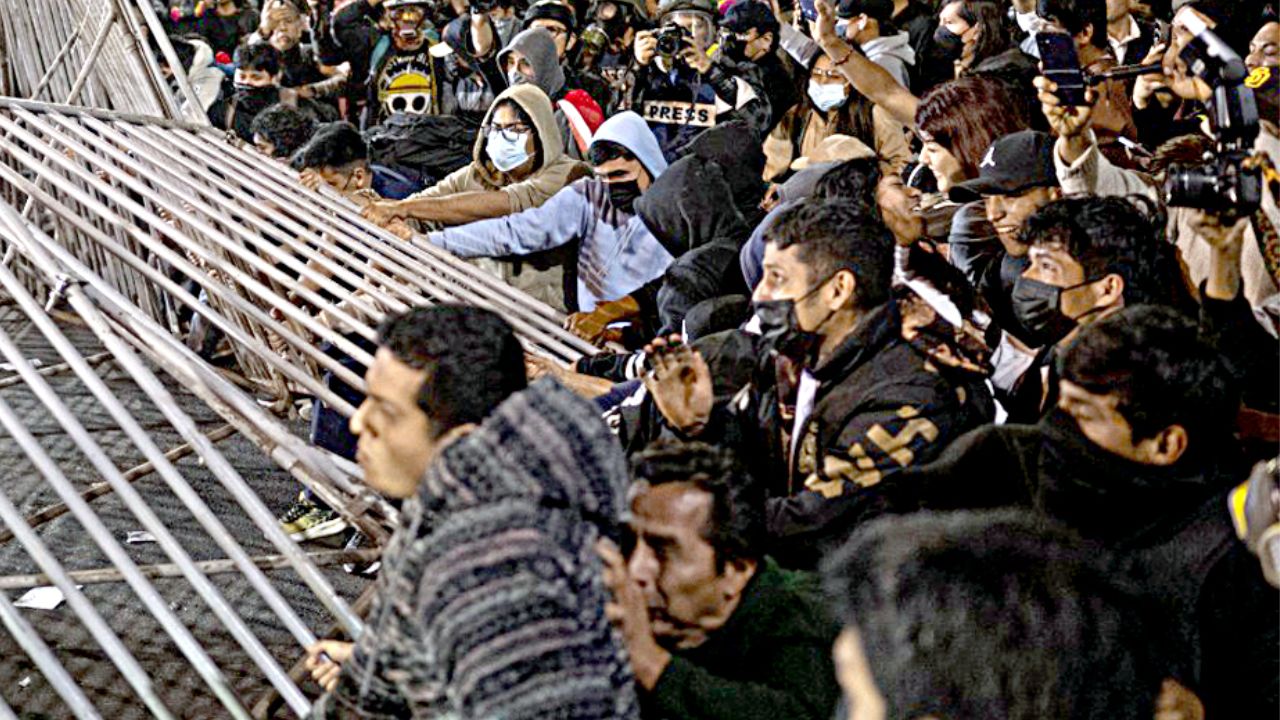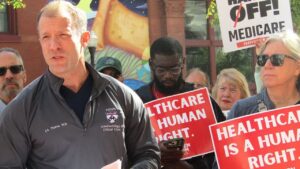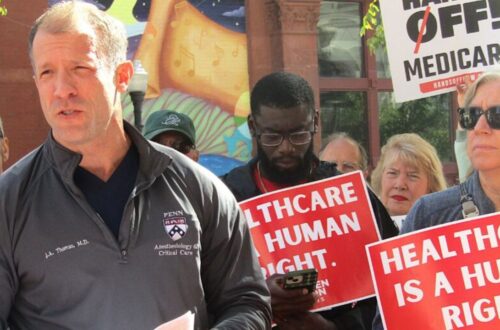Peru’s Gen Z protesters have mounted back-to-back marches in Lima, confronting riot police over a package of pension reforms, anger at corruption, and fear of organized crime.
The latest weekend of demonstrations saw tear gas, rubber rounds, and running battles near government buildings, with at least 19 injuries reported, including a police officer and a journalist.
For many young Peruvians, this is about more than a single law—it’s a fight over jobs, safety, and fairness.
The Spark- Pension Rule That Hit Young Workers
The immediate trigger was a recent change requiring all Peruvians aged 18+ to enroll with a private pension provider.
Organizers argue the rule ignores the reality of informal and precarious work, where steady contributions are hard to make and enforcement feels punitive.
The policy frustration fused with long-simmering anger over impunity in state institutions and distrust of an unpopular Congress, turning a technical reform into a broader youth revolt.
What Happened On The Streets
Across several nights, witnesses recorded protesters throwing stones and fireworks, while police moved to clear central avenues with tear gas and non-lethal munitions.
Youths attempted to march on symbolic sites downtown; officers formed lines with shields and armored vehicles to push them back.
The result: dozens injured, smoke-choked streets, and a hardening of positions on both sides.
Notably, transport and merchant groups joined later mobilizations, widening the movement beyond universities.
Why Gen Z Is Leading This Wave
This is a distinctly Gen Z uprising—digitally coordinated, visually cohesive, and grounded in everyday economics.
Organizers use TikTok and encrypted chats to mobilize quickly, while pop-culture iconography (like the straw-hatted skull from a popular manga) signals rebellious identity.
Demographically, Peru’s 18–29 cohort is large enough to sustain rolling protests, and many young workers straddle gig jobs and studies, leaving them highly sensitive to cost-of-living changes and mandatory deductions.
Political And Economic Stakes
Institutional credibility is scraping bottom: President Dina Boluarte and the Congress poll at single-digit approval levels, reflecting a deep legitimacy crisis.
Business groups worry about the investment climate, especially in mining, a pillar of exports.
One major copper producer even paused operations at a mill as a safety precaution, underscoring how street conflict can ripple into the copper corridor.
Macroeconomic forecasts still show positive growth, but analysts flag political instability as a rising risk to jobs, consumer confidence, and credit conditions.
Key Facts At A Glance
| Item | Latest Snapshot | Why It Matters |
|---|---|---|
| Injuries | 19 over the latest protest weekend | Highlights intensity of clashes and policing concerns |
| Trigger | Pension rule: all 18+ must enroll with a provider | Seen as unfair for precariously employed youth |
| Participants | Youth-led “Generation Z” plus transport/merchant allies | Movement is broadening beyond campuses |
| Approval | Single-digit ratings for president and Congress | Deep legitimacy gap fuels turnout |
| Mining impact | A copper mill paused during unrest | Signals real economic costs and investor nerves |
| Macro outlook | Growth remains positive but fragile | Politics could weigh on investment and hiring |
What Protesters Want Now
Youth organizers have three core demands:
(1) revise or roll back the pension mandate, (2) take visible action against corruption within state institutions, and (3) adopt practical measures to curb extortion and organized crime.
Their messaging is deliberately non-partisan and focused on daily realities.
Whether the government opens credible dialogue, and whether marches remain disciplined, will shape the next phase.
What To Watch Next
Policy Signals: Any adjustment to the pension rule or a roadmap for phased implementation that recognizes informal work patterns.
Security Posture: A shift in crowd-control protocols to reduce injuries—or, conversely, a harder line that risks escalation.
Economic Ripples: If disruptions spread along the mining corridor, supply chains and local services could feel the pinch, affecting prices and hiring plans.
Peru’s Gen Z has turned frustration into sustained street power.
A pension reform meant to widen coverage collided with the realities of informal employment, corruption fatigue, and crime anxiety.
With approval ratings at historic lows, the state’s next moves—dialogue versus repression—will determine whether Peru can step back from confrontation and channel youthful energy into reform, or slide into a grinding cycle of unrest with mounting social and economic costs.







